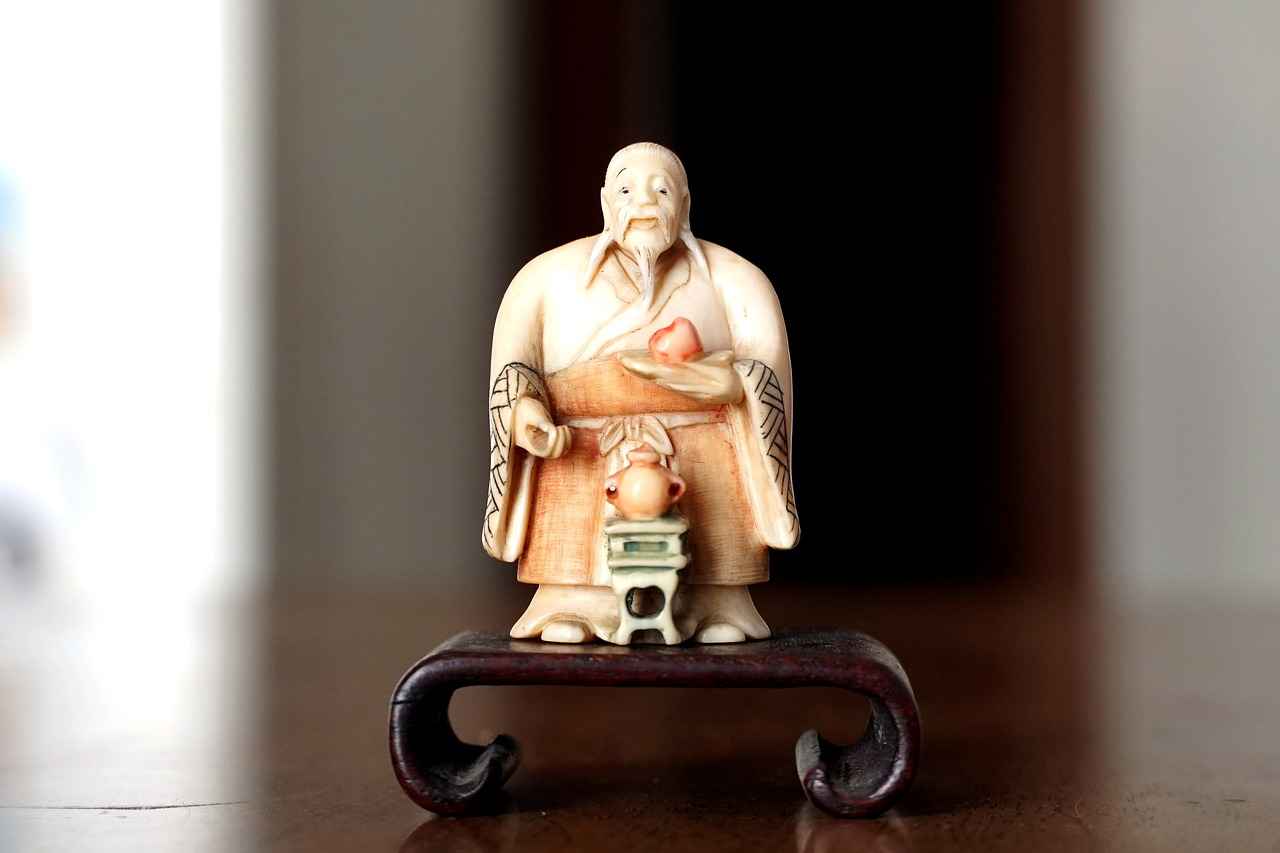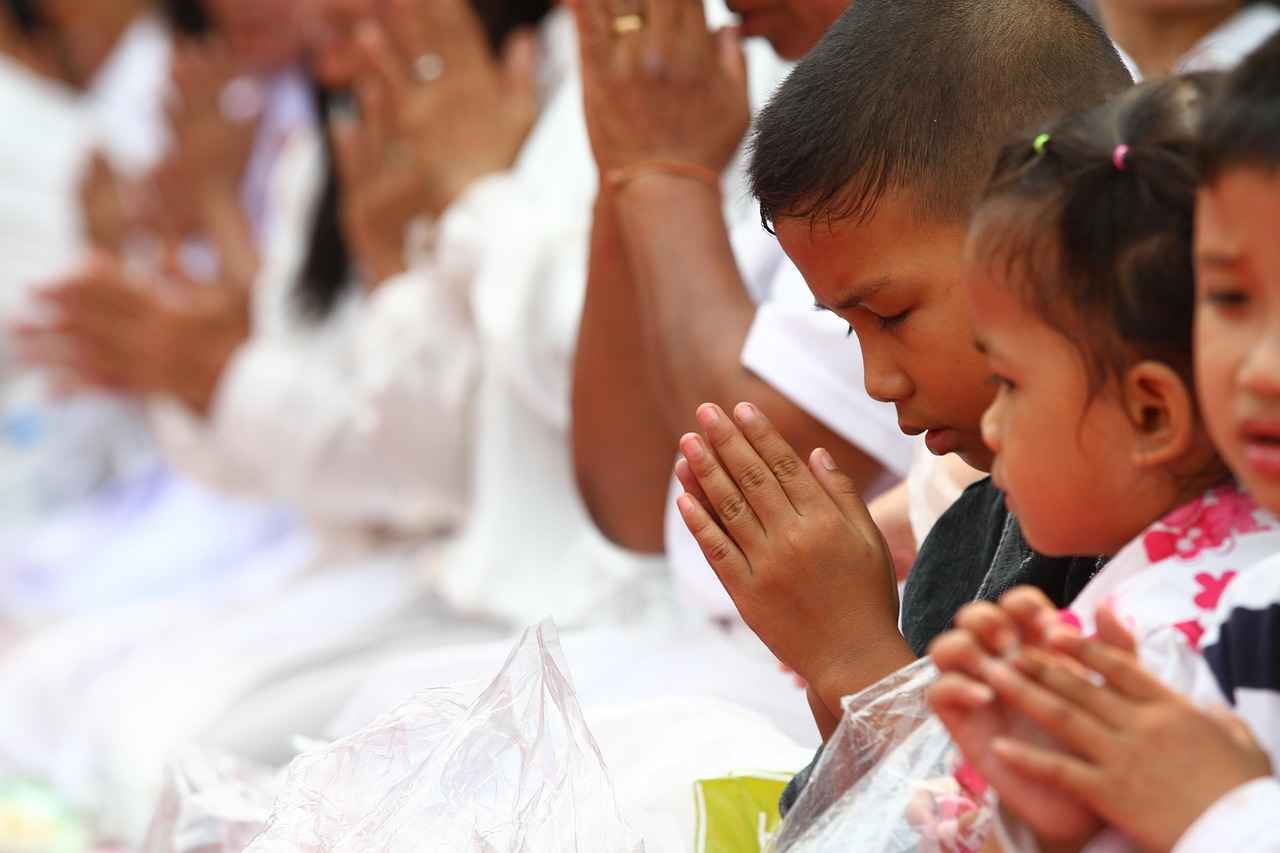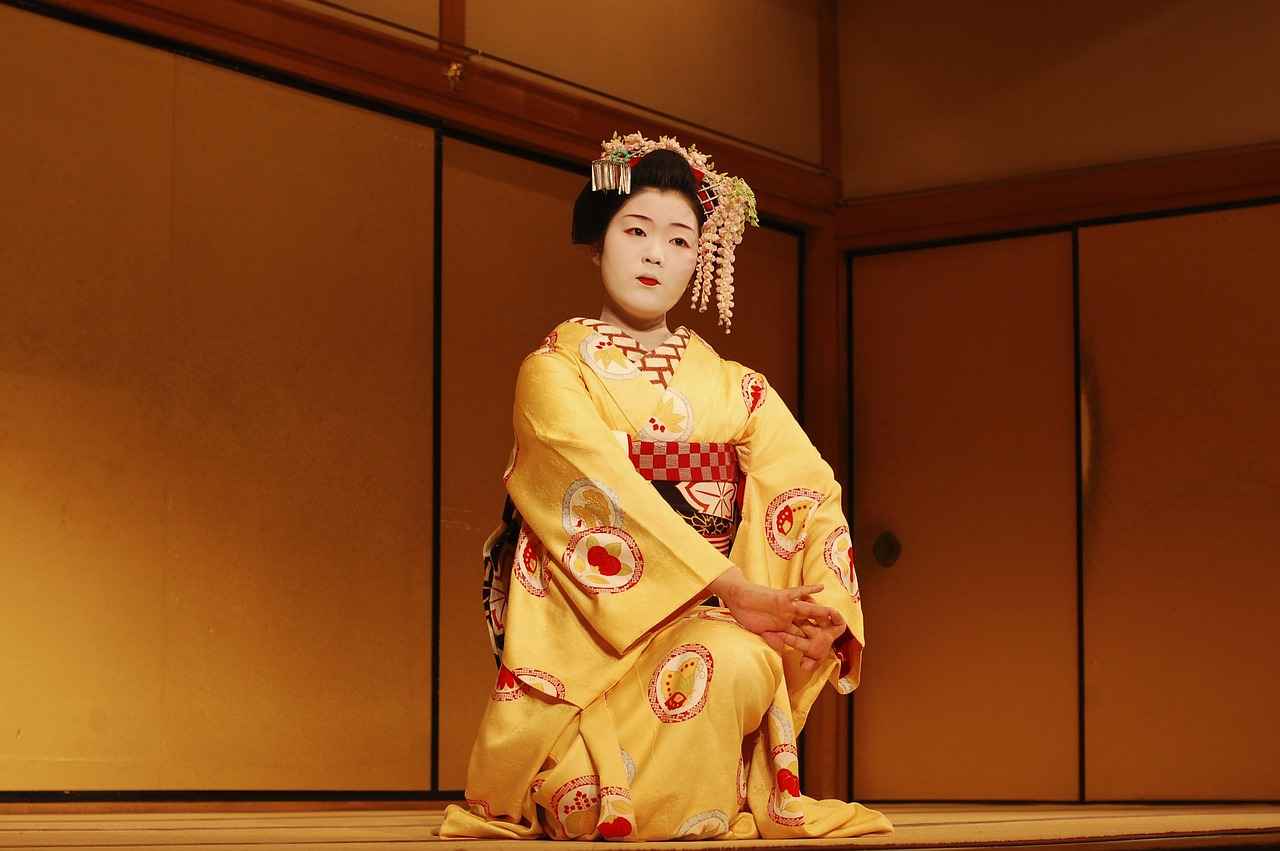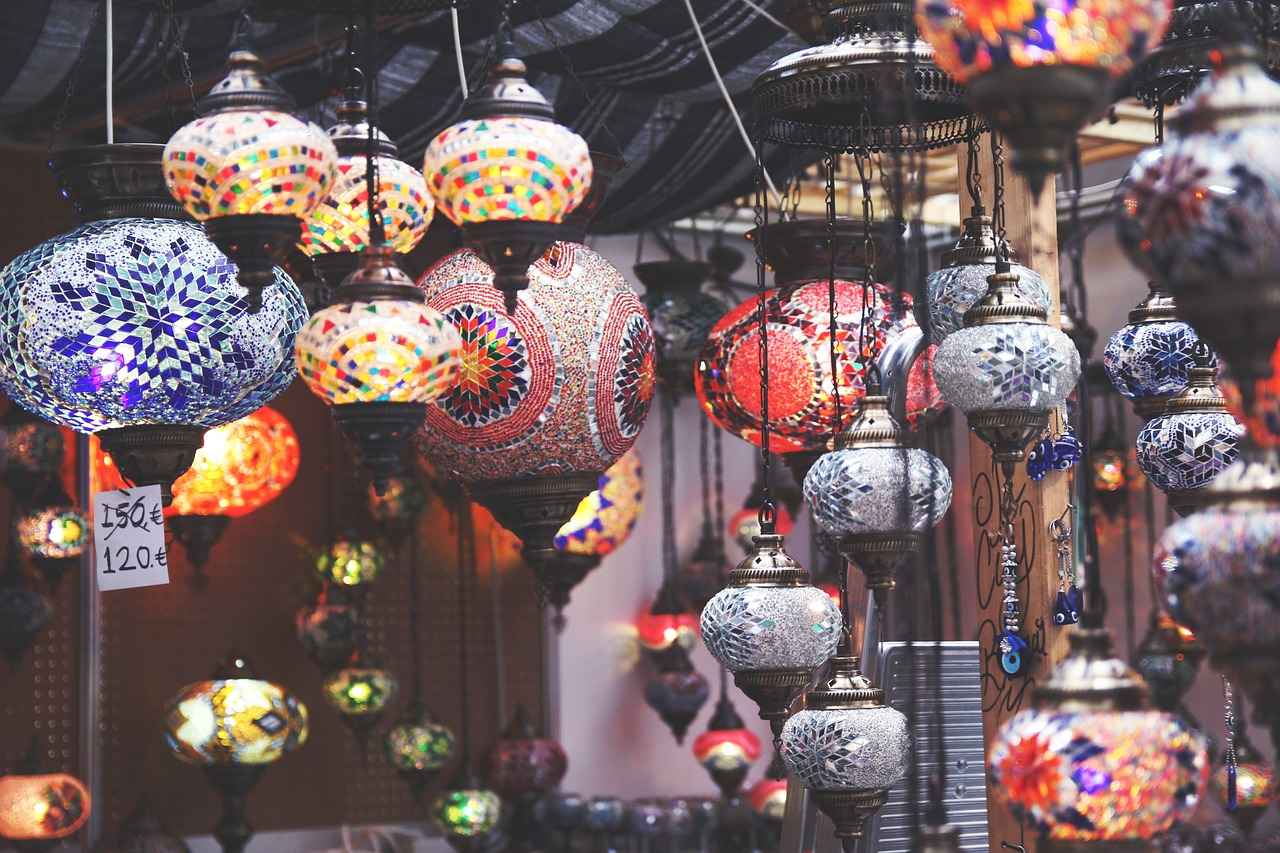This article delves into the rich history and transformation of kimonos, highlighting their cultural significance, modern adaptations, and the unique offerings of Kimono.party in this evolving landscape.
History of the Kimono
The kimono, a traditional Japanese garment, has a long and storied history that dates back over a thousand years. Originally designed for functionality, the kimono has evolved into a symbol of Japanese culture and identity, reflecting the societal changes and artistic movements throughout history.
Traditional Kimono Styles
Various traditional styles of kimonos exist, each with its unique characteristics and cultural significance. The following are some notable styles:
- Furisode: Known for their long sleeves and vibrant designs, worn by young women during special occasions.
- Yukata: A casual, lightweight kimono typically worn during summer festivals.
- Tomesode: A formal kimono worn by married women, often featuring intricate patterns.
The Role of Kimono in Japanese Culture
Kimonos are more than just clothing; they embody a deep cultural heritage. They play a vital role in various ceremonies, such as weddings and tea ceremonies, and are often adorned with patterns that carry specific meanings.
Modern Trends in Kimono Fashion
As fashion continues to evolve, so do kimonos. Modern designers are blending traditional styles with contemporary elements, leading to exciting new interpretations. The fusion of Western and Eastern styles has become increasingly popular, creating a unique niche in the global fashion scene.
Shopping for Kimonos at Kimono.party
Kimono.party offers a diverse range of kimonos, catering to various tastes and occasions. Customers can expect a curated selection, with an emphasis on quality and authenticity. Here are some tips for choosing the right kimono:
- Consider the occasion and season.
- Pay attention to the fabric and design.
- Consult size charts to ensure a proper fit.
Conclusion
The kimono is a testament to Japan’s rich cultural heritage and adaptability. With platforms like Kimono.party, the traditional garment continues to thrive in modern society, offering both authenticity and contemporary flair.
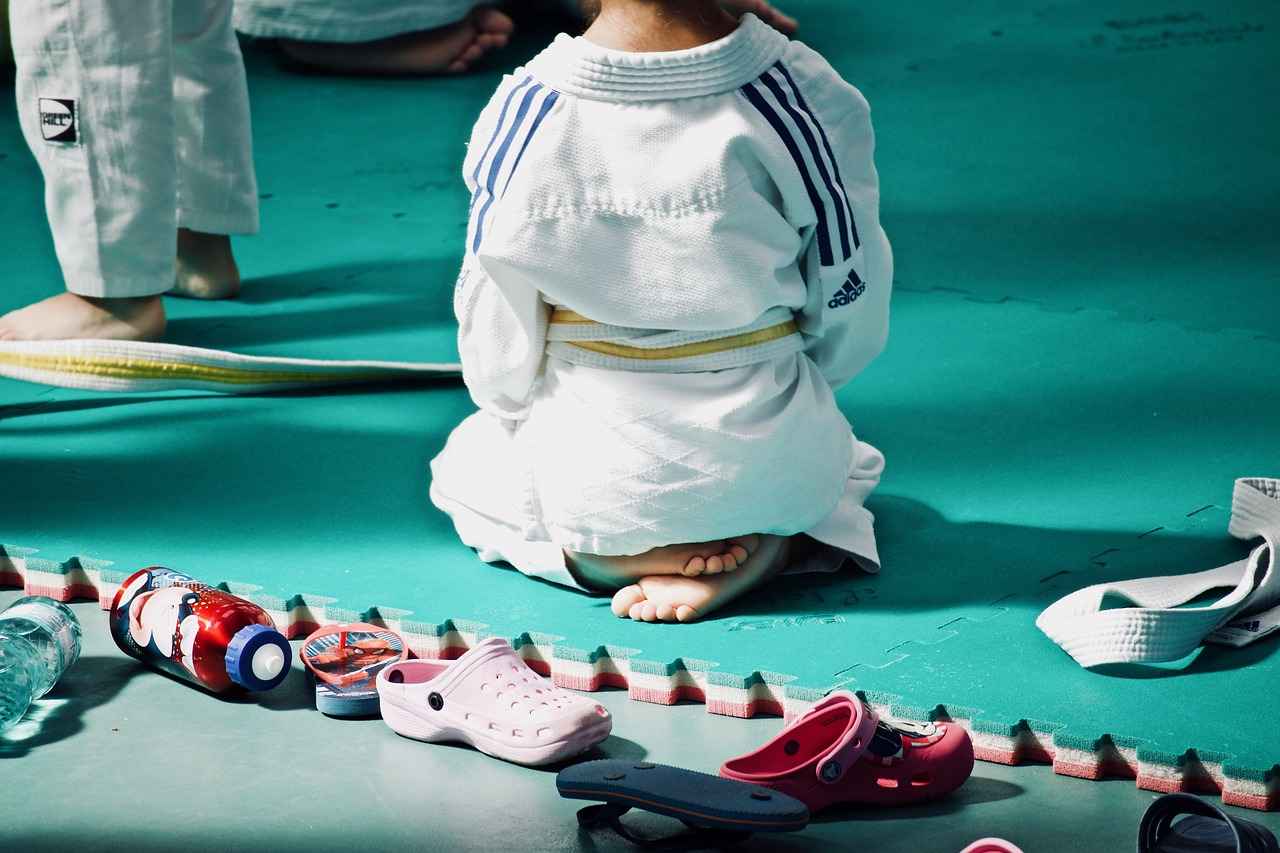
History of the Kimono
The kimono, a traditional Japanese garment, boasts a rich and intricate history that spans over a millennium. Originating in Japan during the Heian period (794-1185), the kimono was initially a simple, utilitarian garment. However, as time progressed, it evolved into a symbol of cultural identity and artistic expression.
Throughout its history, the kimono has undergone various transformations influenced by social, political, and economic changes. During the Edo period (1603-1868), the kimono became a fashionable staple among the Japanese elite, with distinct styles emerging for different classes. The vibrant colors and intricate patterns were not merely for aesthetics; they often conveyed social status and personal identity.
In the early 20th century, Japan experienced significant Western influence, which led to a decline in traditional kimono-wearing. However, the kimono has seen a resurgence in recent years, with many people embracing its beauty and cultural significance once more. Today, kimonos are worn for both formal occasions, such as weddings and tea ceremonies, and casual events, showcasing their versatility.
The cultural roots of the kimono are deeply intertwined with Japanese customs and traditions. Each kimono style is often associated with specific life events, such as the Furisode for young women on their coming-of-age day, or the Yukata for summer festivals. These garments are not just clothing; they are a reflection of Japanese heritage and artistry.
In conclusion, the kimono is more than a piece of clothing; it is a living testament to Japan’s rich cultural history. As society continues to evolve, the kimono remains a cherished symbol of tradition, bridging the past with the present.
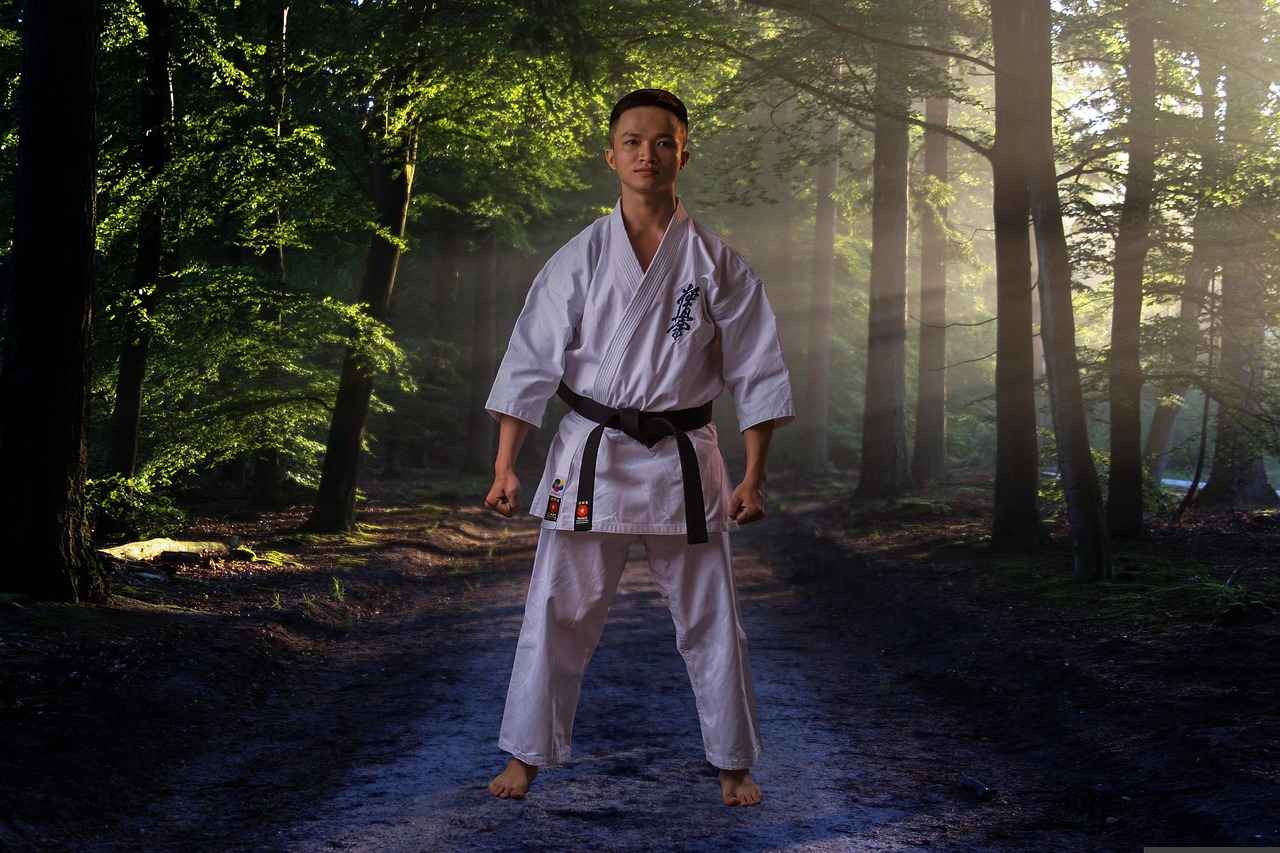
Traditional Kimono Styles
The kimono, an iconic symbol of Japanese culture, is available in various traditional styles, each reflecting unique characteristics and cultural significance. Understanding these styles is essential to appreciate their role in Japanese society.
- Furisode: Known for their long, flowing sleeves, furisode kimonos are often worn by young women during significant life events such as weddings and Coming of Age Day. The vibrant colors and intricate patterns symbolize youth and celebration.
- Yukata: A casual summer kimono, the yukata is typically made of lightweight cotton and is often worn during festivals and fireworks displays. Its easy wearability and bright designs make it a favorite for summer occasions.
- Tomesode: This style is characterized by its shorter sleeves and is usually worn by married women. Tomesode kimonos often feature elegant designs and are commonly worn during formal events, such as weddings.
- Hōmongi: A versatile kimono that can be worn by both single and married women, the hōmongi features patterns that flow across the seams, symbolizing harmony and connection. It is often chosen for semi-formal occasions.
- Shioze: A style made from a more luxurious fabric, shioze kimonos are often reserved for formal ceremonies. The intricate patterns and rich colors elevate their status in traditional Japanese attire.
Each of these styles serves a specific purpose and is imbued with cultural significance. The choice of kimono often reflects the wearer’s age, marital status, and the occasion at hand. Understanding these traditional styles not only enriches one’s appreciation for Japanese culture but also enhances the experience of wearing a kimono.
As the world of fashion evolves, these traditional styles continue to inspire modern designs, ensuring that the beauty and elegance of kimonos remain relevant in contemporary society.
Furisode: The Youthful Elegance
Furisode kimonos are a symbol of youthful elegance in Japanese culture, characterized by their long sleeves and vibrant designs. Traditionally worn by young women during significant life events, these kimonos serve not only as a fashion statement but also as a representation of cultural heritage and identity.
The word “furisode” translates to “swinging sleeves,” which aptly describes the garment’s distinctive feature. These kimonos are typically worn by women under the age of 20, marking their transition into adulthood. The significance of the furisode extends beyond its aesthetic appeal; it embodies the hopes and aspirations of the wearer, often being passed down through generations as a cherished family heirloom.
Styling a Furisode involves careful consideration of accessories and accompanying garments. Women often pair their furisode with a obi (a wide belt) that complements the kimono’s colors and patterns. Accessories like obijime (cords), kanzashi (hair ornaments), and geta (traditional footwear) enhance the overall look, creating a harmonious balance between tradition and personal expression.
The occasions for wearing a furisode are numerous, with the most notable being Coming of Age Day, a celebration that honors individuals who have reached the age of 20. During this event, young women don their furisode as a rite of passage, symbolizing their entry into adulthood. Other celebrations such as weddings, graduations, and cultural festivals also provide opportunities to showcase these stunning garments.
In recent years, contemporary designers have started to reimagine the furisode, incorporating modern elements while respecting traditional craftsmanship. This fusion of styles allows for a unique expression of identity, appealing to both young women and fashion enthusiasts alike. As the fashion landscape continues to evolve, the furisode remains a timeless piece that celebrates the beauty and complexity of Japanese culture.
Occasions for Furisode
Furisode kimonos hold a significant place in Japanese culture, particularly during special occasions that mark important life transitions. One of the most notable events for wearing a furisode is the Coming of Age Day, celebrated annually on the second Monday of January. This day honors young individuals who have turned 20, the age of majority in Japan, symbolizing their transition into adulthood.
The cultural importance of the furisode during these celebrations cannot be overstated. Traditionally, the long sleeves of the furisode represent youthfulness and the potential of the wearer. The vibrant colors and intricate designs of the fabric serve not only as a visual feast but also as a way to express individuality and personal style. On Coming of Age Day, young women don these striking garments, often accompanied by elaborate hairstyles and accessories, creating a stunning visual representation of their newfound status as adults.
In addition to Coming of Age Day, furisode kimonos are worn during other significant celebrations, such as weddings and graduation ceremonies. Each occasion allows for the expression of cultural heritage and personal identity through the choices made in color and design. For instance, bright colors might be chosen for celebratory events, while more subdued tones may reflect a solemn occasion.
Furthermore, the act of wearing a furisode is often accompanied by various rituals and practices, such as family gatherings and formal ceremonies. This reinforces the importance of community and familial ties in Japanese culture, as families often come together to celebrate these milestones.
In conclusion, the furisode is more than just a garment; it is a profound symbol of cultural identity and personal expression. Its significance during events like Coming of Age Day showcases the rich traditions of Japan and the importance of honoring life’s pivotal moments.
Modern Interpretations of Furisode
The furisode, a traditional Japanese kimono characterized by its long sleeves and vibrant patterns, has long been a symbol of youth and celebration. In recent years, contemporary designers have begun to reimagine this classic garment, seamlessly integrating traditional elements with modern aesthetics to create a fresh and exciting look.
Today’s fashion landscape sees a fascinating blend of innovation and heritage. Designers are experimenting with fabrics, colors, and silhouettes, pushing the boundaries of what a furisode can represent. For instance, the use of eco-friendly materials not only appeals to the growing demand for sustainable fashion but also honors the traditional craftsmanship associated with kimono-making.
Additionally, the incorporation of bold patterns and contemporary prints has transformed the furisode into a versatile piece suitable for various occasions beyond traditional events. Fashion shows and street style have embraced these modern interpretations, showcasing furisode-inspired outfits that reflect a blend of cultural respect and modern flair.
Moreover, the rise of gender-neutral fashion has also influenced the evolution of the furisode. Designers are creating styles that can be worn by anyone, regardless of gender, thereby broadening the appeal of this iconic garment. This shift not only reflects changing societal norms but also encourages a more inclusive approach to traditional clothing.
In conclusion, the modern interpretations of the furisode highlight a dynamic fusion of tradition and innovation. By embracing contemporary designs while respecting the rich cultural heritage of the kimono, designers are ensuring that the furisode remains relevant in today’s fashion world. As we continue to see these exciting transformations, the furisode stands as a testament to the enduring spirit of Japanese fashion.
Yukata: The Casual Kimono
Yukatas are a delightful and versatile aspect of Japanese fashion, particularly embraced during the warm summer months. These lightweight, casual kimonos are not only comfortable but also serve as a vibrant expression of Japanese culture. This article explores the history, style, and occasions for wearing yukatas, highlighting their significance in contemporary society.
The origins of the yukata date back to the Edo period (1603-1868), where they were initially used as bathrobes by the Japanese elite. Over time, they evolved into a fashionable garment worn during summer festivals, known as hanabi taikai (fireworks festivals) and matsuri (traditional festivals). The yukata’s light cotton fabric makes it ideal for warm weather, allowing for breathability and ease of movement.
Yukatas are characterized by their simple design and vibrant colors, often adorned with traditional patterns such as asanoha (hemp leaf) or seigaiha (blue ocean waves). These patterns not only reflect the beauty of nature but also carry cultural meanings, making each yukata unique. The garment is typically worn with a obi, a wide belt that cinches the waist, enhancing the overall silhouette.
Occasions for wearing yukatas are abundant. They are a popular choice during summer festivals, where participants enjoy traditional games, food stalls, and fireworks. Additionally, yukatas are often worn during bon odori, a dance festival honoring ancestors. Their casual nature allows for a relaxed yet festive atmosphere, making them a favorite among both locals and tourists.
In conclusion, yukatas are more than just a summer garment; they embody a rich cultural heritage and continue to evolve in modern fashion. Whether worn at a festival or during a casual summer gathering, yukatas remain a cherished symbol of Japanese tradition.
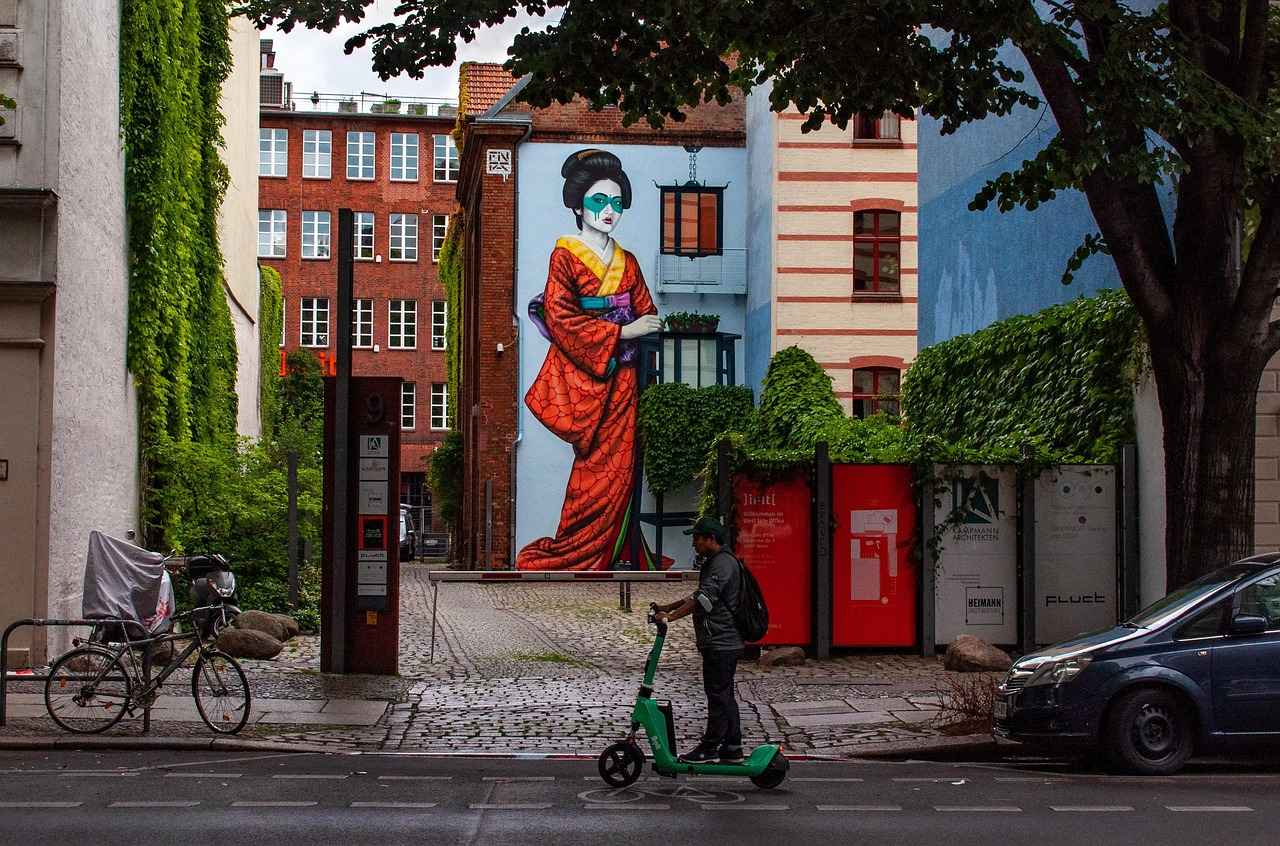
The Role of Kimono in Japanese Culture
Kimonos are more than just clothing; they embody a rich cultural heritage that has evolved over centuries. In Japan, these garments are not only a fashion statement but also a reflection of identity, tradition, and social status. This section delves into the significance of kimonos in Japanese society and their roles in various ceremonies.
Historically, kimonos were worn by individuals across all social classes, each style reflecting the wearer’s status and occasion. With their intricate designs and vibrant colors, kimonos are often seen as a canvas for artistic expression, showcasing the craftsmanship of skilled artisans. The use of specific patterns and colors can convey messages about the wearer’s personality, season, or even aspirations.
- Weddings: Kimonos are integral to traditional Japanese weddings, where brides often wear elaborate kimonos adorned with beautiful motifs symbolizing prosperity and happiness.
- Tea Ceremonies: During tea ceremonies, participants wear kimonos to honor the ritual’s formal nature, emphasizing respect and mindfulness.
- Festivals: Kimonos are commonly worn during festivals, where their vibrant colors and designs celebrate cultural heritage and community spirit.
The significance of kimonos extends beyond their aesthetic appeal. They serve as a reminder of Japan’s cultural values, including respect for tradition and the importance of family ties. In contemporary society, while Western clothing dominates daily wear, kimonos maintain their place during special occasions, symbolizing a connection to the past.
In conclusion, kimonos are not merely garments; they are a vital part of Japanese culture, encapsulating history, artistry, and social significance. Their enduring presence in ceremonies and celebrations highlights their role as a bridge between the past and the present, ensuring that the rich traditions of Japan continue to thrive.
Ceremonial Uses of Kimonos
Kimonos hold a significant place in Japanese culture, especially during important ceremonies. These traditional garments are not merely clothing; they embody the essence of Japanese heritage and are integral to various rituals and celebrations.
One of the most notable occasions for wearing kimonos is during weddings. The bride often dons a luxurious white kimono, known as shiro-muku, symbolizing purity and new beginnings. This garment is typically adorned with intricate patterns and is paired with a colorful obi (sash) to enhance its beauty. The groom may wear a black kimono, called montsuki, which signifies formality and respect.
Another significant event is the tea ceremony (chanoyu), where kimonos play a vital role in creating an atmosphere of tranquility and respect. Participants often wear kimono in muted colors, reflecting the simplicity and elegance of the ceremony. The attire serves to enhance the experience, allowing individuals to connect deeply with the ritual and its cultural significance.
Additionally, kimonos are worn during Coming of Age Day (Seijin no Hi), a celebration for young adults turning 20. On this day, many young women wear furisode, characterized by their long sleeves and vibrant designs, symbolizing youth and vitality. This event marks a rite of passage, and the kimono serves as a representation of their transition into adulthood.
In conclusion, kimonos are not just garments; they are a reflection of cultural values and traditions in Japan. From weddings to tea ceremonies and rites of passage, the kimono enhances the significance of these events, making them memorable and deeply rooted in Japanese identity.
Symbolism in Kimono Patterns
The symbolism in kimono patterns is a fascinating aspect of Japanese culture, reflecting a deep connection to tradition, nature, and societal values. Each design is carefully chosen and imbued with meaning, making kimonos not just garments but also storytellers of cultural heritage.
Many kimono patterns are inspired by elements of nature, such as flowers, animals, and landscapes. For instance, the chrysanthemum symbolizes longevity and rejuvenation, while the crane represents good fortune and happiness. These motifs are often used during significant life events, such as weddings and anniversaries, to convey wishes for prosperity and joy.
Colors also play a vital role in the symbolism of kimonos. Each color carries its own significance; for example, red is associated with happiness and good luck, making it a popular choice for celebratory occasions. In contrast, black is often reserved for mourning, reflecting its somber nature. The combination of colors and patterns can convey complex messages, making the choice of kimono a thoughtful process.
| Pattern | Symbolism |
|---|---|
| Chrysanthemum | Longevity and rejuvenation |
| Crane | Good fortune and happiness |
| Cherry Blossom | Transience of life |
| Waves | Strength and resilience |
In addition to these traditional meanings, modern interpretations of kimono patterns often blend historical significance with contemporary aesthetics. Designers are reimagining classic motifs, creating a bridge between the past and the present. This evolution allows for personal expression while still honoring the rich tapestry of cultural heritage.
Understanding the symbolism behind kimono patterns enhances the appreciation of this traditional garment. Each piece is a unique representation of values, beliefs, and artistry, making it a cherished item in Japanese culture.

Modern Trends in Kimono Fashion
The world of fashion is ever-evolving, and the kimono is no exception. As cultural boundaries blur and styles intermingle, modern designers are reinterpreting this traditional Japanese garment to resonate with contemporary audiences. This section explores the latest trends in kimono fashion, highlighting how these adaptations honor the past while embracing the future.
One of the most notable trends is the fusion of Western and Eastern styles. Designers are increasingly blending traditional kimono elements, such as the wrap style and intricate patterns, with Western silhouettes and fabrics. This innovative approach not only broadens the appeal of kimonos but also introduces them to a global audience. For instance, kimono jackets paired with jeans or casual dresses have become a popular choice for fashion-forward individuals seeking to make a statement.
Another significant trend is the focus on sustainable fashion. With growing awareness of environmental issues, many brands are committed to eco-friendly production practices. This includes using organic materials, minimizing waste, and promoting ethical labor practices. As a result, kimonos made from sustainable fabrics are gaining traction, appealing to consumers who prioritize both style and responsibility.
In addition to sustainability, the rise of customization is transforming the kimono market. Shoppers are now looking for unique pieces that reflect their personal style. This demand has led to an increase in brands offering customizable options, allowing customers to choose fabrics, colors, and designs that resonate with their individuality.
Lastly, the influence of social media cannot be overlooked. Platforms like Instagram and TikTok have created a vibrant community where fashion enthusiasts share their kimono styling tips and outfits. This exposure has sparked renewed interest in kimonos, encouraging a younger generation to embrace this timeless garment.
In conclusion, the evolution of kimono fashion is a testament to its enduring appeal. By integrating modern trends while respecting traditional roots, designers are ensuring that kimonos remain relevant in today’s fashion landscape. Whether through fusion styles, sustainable practices, or customization, the future of kimonos looks bright and promising.
Fusion of Western and Eastern Styles
The world of fashion is constantly evolving, and one of the most fascinating trends in recent years is the . This innovative blend is particularly evident in the realm of kimonos, where traditional Japanese elements are being harmoniously integrated with contemporary Western aesthetics. This article delves into this exciting trend, exploring its origins, current manifestations, and the broader implications for global fashion.
As designers increasingly seek to create unique pieces that resonate with diverse audiences, the kimono has emerged as a canvas for creative expression. By incorporating Western silhouettes, fabrics, and motifs into traditional kimono designs, fashion houses are redefining what a kimono can be. This fusion not only appeals to a global market but also encourages a deeper appreciation for the rich cultural heritage of the kimono.
One notable example is the use of streetwear influences in kimono designs. Designers are experimenting with oversized fits, bold graphics, and casual styling, making kimonos more accessible and appealing to younger generations. This approach not only modernizes the kimono but also makes it suitable for everyday wear, breaking away from its historical connotations of formality and tradition.
Moreover, collaborations between Western and Japanese designers have led to innovative collections that celebrate both cultures. These partnerships often result in limited-edition pieces that highlight the beauty of cultural exchange. For instance, the use of traditional kimono fabrics like silk and brocade in Western-style jackets and dresses creates a striking contrast that captivates fashion enthusiasts.
In addition to aesthetics, this fusion trend is also influencing the sustainability movement in fashion. By reinterpreting traditional garments, designers are promoting the idea of slow fashion, encouraging consumers to invest in high-quality, timeless pieces rather than fast-fashion items. This shift not only benefits the environment but also supports artisans and craftsmen who are dedicated to preserving traditional techniques.
In conclusion, the fusion of Western and Eastern styles, particularly in the context of kimonos, is reshaping the fashion landscape. It represents a celebration of diversity and creativity, allowing for a richer dialogue between cultures. As this trend continues to evolve, it will undoubtedly leave a lasting impact on global fashion trends, paving the way for future innovations.
Sustainable Fashion and Kimonos
In recent years, the fashion industry has seen a significant shift towards sustainability, and the world of kimonos is no exception. As consumers become more aware of their environmental impact, many brands are embracing eco-friendly practices in the production of these traditional garments. This section explores the growing emphasis on sustainable kimono production and its implications for the industry.
The journey towards sustainable kimono production involves several key practices:
- Eco-friendly Materials: Many designers are opting for organic fabrics, such as cotton and linen, which are less harmful to the environment compared to conventional materials. These fabrics not only reduce the carbon footprint but also promote healthier farming practices.
- Ethical Manufacturing: Brands are increasingly focusing on ethical labor practices, ensuring fair wages and safe working conditions for artisans. This shift not only supports the workers but also enhances the quality and authenticity of the kimonos produced.
- Recycling and Upcycling: Some companies are taking steps to recycle old kimonos or upcycle fabric remnants into new designs. This practice minimizes waste and encourages creativity in fashion, allowing for unique, one-of-a-kind pieces.
- Local Production: By producing kimonos locally, brands can reduce transportation emissions and support local economies. This approach fosters a connection between the artisans and the consumers, enhancing the overall value of the garment.
As the kimono industry evolves, it reflects broader trends in global fashion towards sustainability. Consumers are increasingly seeking out brands that prioritize environmental responsibility, leading to a rise in demand for sustainable kimonos. This shift not only benefits the planet but also enriches the cultural heritage of kimonos by promoting traditional craftsmanship in a modern context.
In conclusion, the movement towards sustainable fashion within the kimono industry is a promising development that aligns with the values of today’s conscious consumers. By prioritizing eco-friendly practices, brands can ensure the longevity of this beautiful garment while contributing positively to the environment.
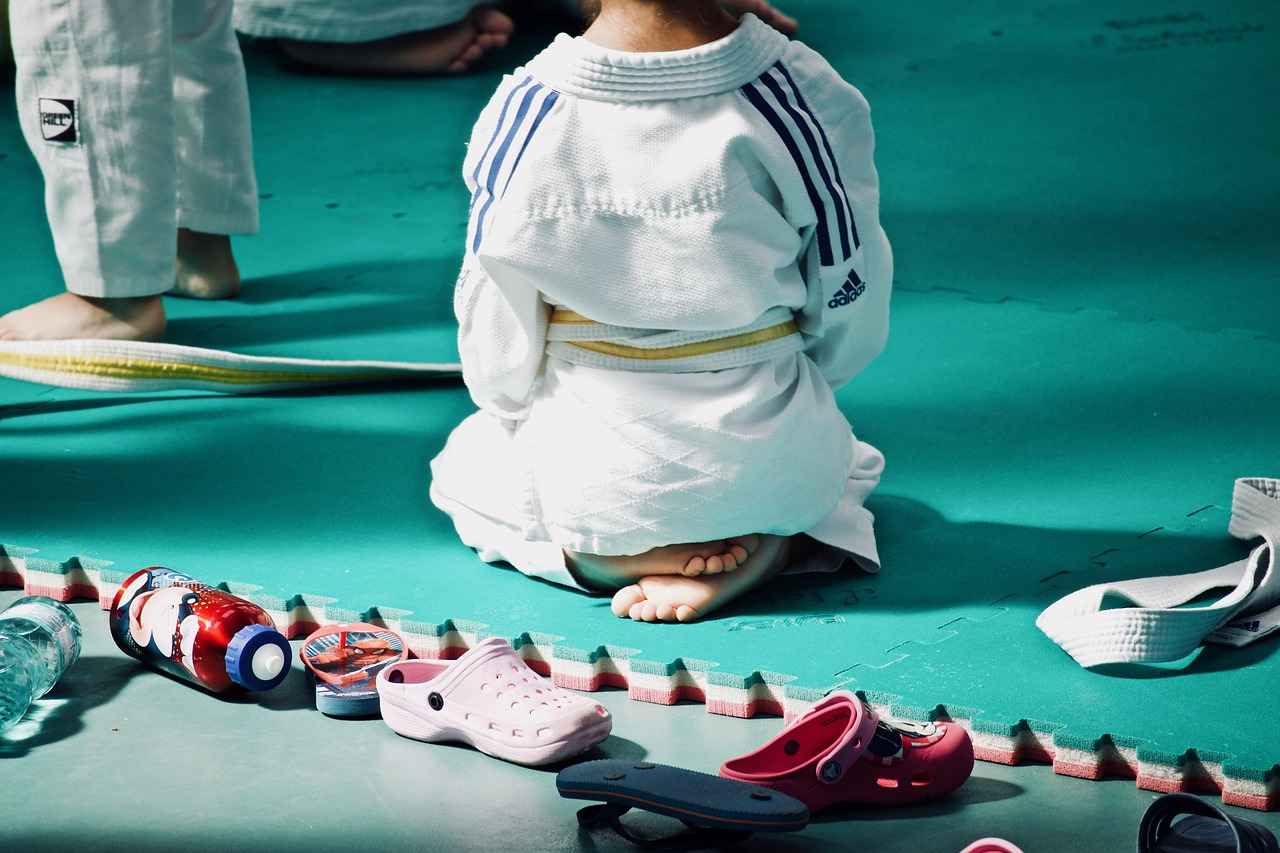
Shopping for Kimonos at Kimono.party
At Kimono.party, customers are treated to an extensive selection of kimonos that cater to a myriad of tastes and occasions. Whether you’re searching for something traditional or a modern twist, this platform ensures that every shopper finds the perfect garment to express their style.
What to Expect When Shopping
- Diverse Styles: From elegant furisode to casual yukata, Kimono.party showcases a variety of styles that reflect both traditional and contemporary aesthetics.
- Quality Materials: Each kimono is crafted from high-quality fabrics, ensuring comfort and durability without compromising on style.
- Size Inclusivity: Kimono.party recognizes the importance of inclusivity, offering a range of sizes to accommodate different body types.
- Personalized Shopping Experience: Customers can utilize filters to narrow down their search based on color, style, and occasion, making the shopping process seamless.
Unique Offerings at Kimono.party
What sets Kimono.party apart is its curated collection that features unique designs not commonly found elsewhere. The platform collaborates with talented artisans, ensuring that each piece tells a story. Additionally, seasonal collections introduce fresh styles that resonate with modern fashion trends, making it a go-to destination for both enthusiasts and newcomers alike.
Tips for Choosing the Right Kimono
- Consider the Occasion: Think about where you will wear the kimono—formal events may call for a more traditional style, while casual outings may suit lighter, more playful designs.
- Match with Accessories: Enhance your look by pairing your kimono with appropriate accessories, such as obi belts and traditional footwear.
- Seek Guidance: Don’t hesitate to reach out to customer service for assistance in selecting the right kimono that fits your style and needs.
Shopping at Kimono.party is not just about purchasing clothing; it’s an experience that connects you to the rich cultural heritage of Japan while allowing for personal expression through fashion.
Unique Offerings at Kimono.party
Kimono.party distinguishes itself in the world of traditional attire with its carefully curated collection of kimonos. This platform not only showcases a vast array of styles but also emphasizes the cultural significance and modern adaptations of this iconic garment. In this section, we will explore the unique offerings available at Kimono.party, highlighting what makes their selection truly special.
- Diverse Selection: Kimono.party prides itself on offering a diverse range of kimonos, from traditional styles to modern interpretations. Customers can find options that suit various occasions, whether it be a formal event or a casual outing.
- Quality Craftsmanship: Each kimono featured on the platform is crafted with meticulous attention to detail. The materials used are often sourced from reputable suppliers, ensuring that every piece is not only beautiful but also durable.
- Unique Patterns: The kimonos available at Kimono.party often feature exclusive patterns and designs that reflect both traditional Japanese aesthetics and contemporary fashion trends. This fusion allows wearers to express their individuality while honoring cultural heritage.
- Custom Options: For those looking for a personalized touch, Kimono.party offers custom kimono options. Customers can choose fabrics, colors, and designs, making it possible to create a unique piece that resonates with their personal style.
- Educational Resources: Beyond just selling kimonos, Kimono.party provides educational resources about the history and significance of kimonos. This commitment to cultural education enhances the shopping experience and helps customers appreciate the garments they choose.
In conclusion, Kimono.party is more than just a shopping destination; it is a celebration of the kimono’s rich heritage and its evolution in modern fashion. With a focus on quality, diversity, and cultural appreciation, customers can find the perfect kimono that not only meets their style preferences but also connects them to a timeless tradition.
Tips for Choosing the Right Kimono
Selecting the perfect kimono can indeed be a daunting task for many. With a myriad of styles, patterns, and occasions to consider, it’s essential to approach your shopping experience with a clear understanding of your needs. Below are some practical tips to help you make informed choices while shopping for kimonos.
- Understand the Different Styles: Familiarize yourself with various kimono styles, such as furisode (long-sleeved) and yukata (casual summer kimono). Each style serves different occasions and reflects unique cultural significance.
- Consider the Fabric: Kimonos come in a range of fabrics, from luxurious silk to lightweight cotton. Choose a fabric that suits the season and the formality of the occasion.
- Pay Attention to Size: Kimonos typically come in standard sizes, but it’s crucial to check the measurements. A well-fitting kimono enhances comfort and style.
- Choose the Right Colors and Patterns: The colors and patterns of a kimono often carry specific meanings. Research the symbolism behind various designs to select one that resonates with your personal style or the occasion.
- Accessorize Thoughtfully: The right accessories can elevate your kimono look. Consider adding a obi (sash) and traditional footwear to complete your outfit.
- Shop from Reputable Sources: When purchasing a kimono, ensure you are buying from a reputable retailer like Kimono.party. This guarantees quality and authenticity.
By keeping these tips in mind, you can navigate the world of kimonos with confidence, ensuring that your selection is both beautiful and meaningful.
Frequently Asked Questions
- What is the history behind the kimono?
The kimono has a rich history dating back over a thousand years in Japan. It has evolved from a simple garment to a symbol of cultural heritage, reflecting various traditions and societal changes throughout the ages.
- What are the different types of kimonos?
There are several traditional styles of kimonos, including the Furisode, known for its long sleeves and vibrant designs, and the Yukata, a casual summer kimono. Each style has its own unique characteristics and occasions for wear.
- How are kimonos used in Japanese culture?
Kimonos play a vital role in various Japanese ceremonies, such as weddings and tea ceremonies. They are not just clothing but represent deep cultural values and traditions that have been passed down through generations.
- What modern trends are influencing kimono fashion?
Modern trends include a fusion of Western and Eastern styles, where designers blend traditional kimono elements with contemporary fashion. Additionally, there’s a growing emphasis on sustainable practices in kimono production, making them more eco-friendly.
- What should I consider when shopping for a kimono?
When choosing a kimono, consider factors like the occasion, fabric, and style. It’s essential to find a piece that resonates with your personal taste while also reflecting the traditional significance of the garment.








